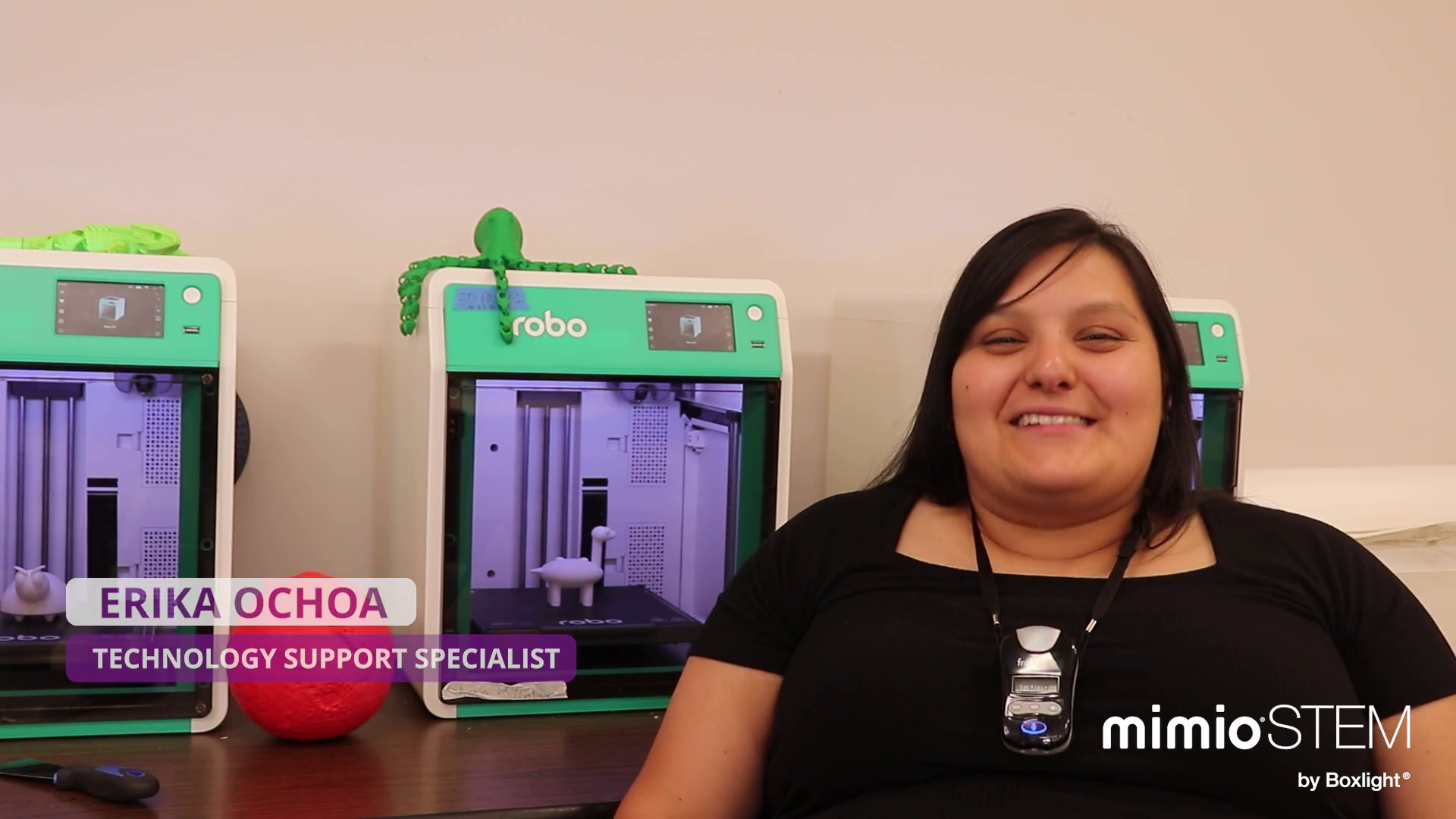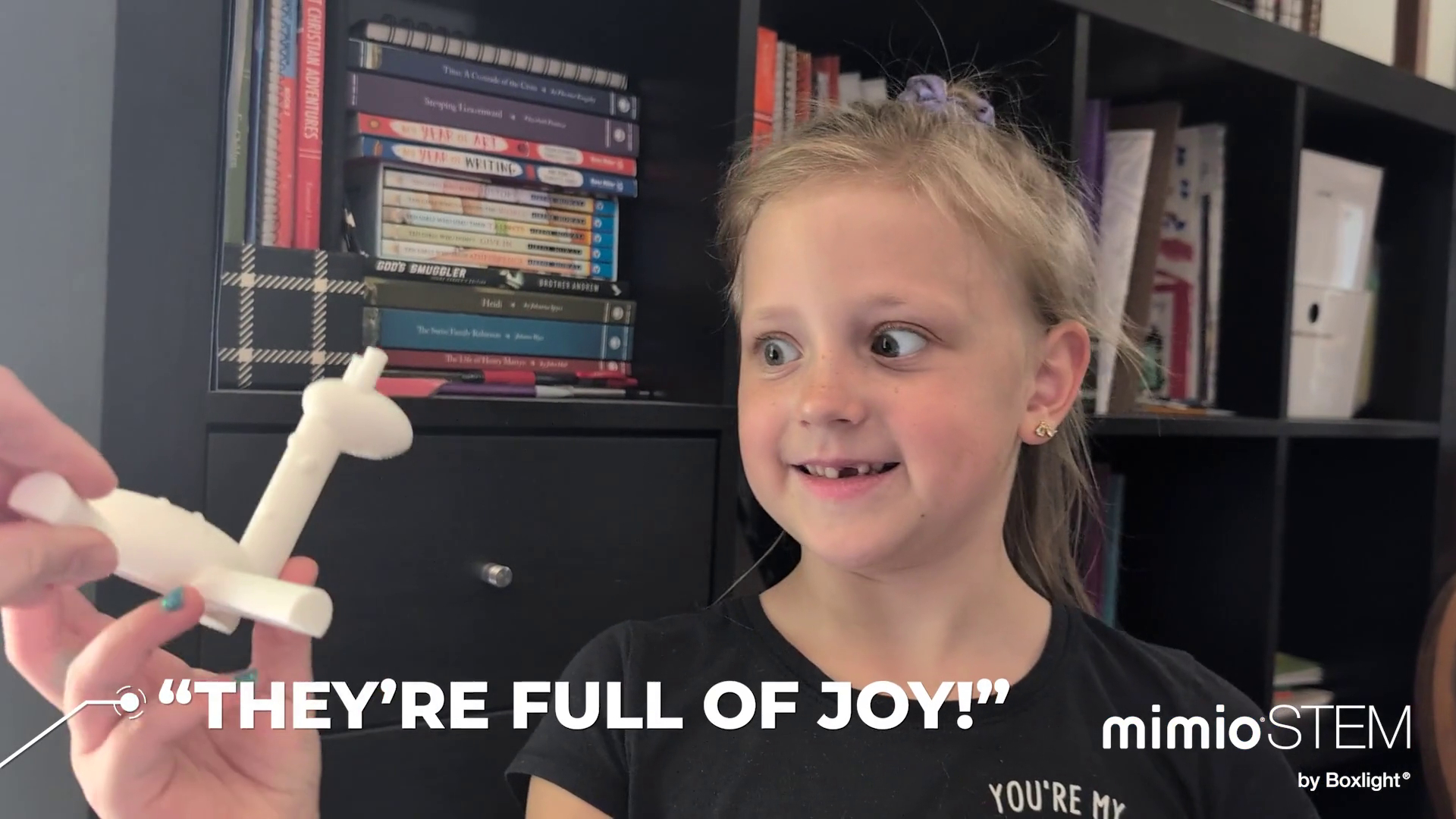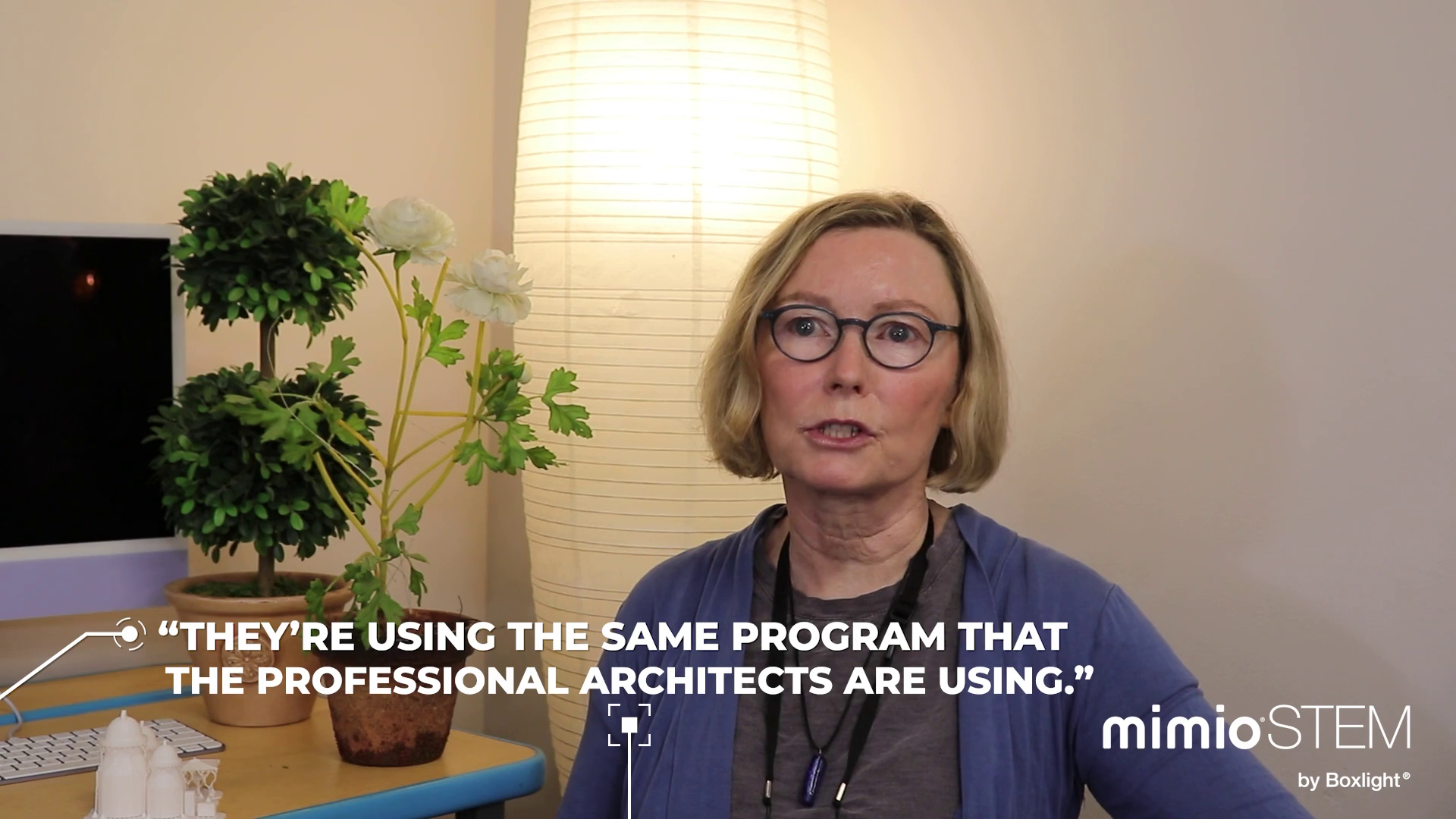3D Printing Inspires Hands-On Learning at Cherry Creek Academy
“I think it’s really cool how you’re able to design something on a computer then it’s able to get 3D printed into something physical.”
See how 3-D printing is inspires the students!
Installation Snapshot:
Large suburban school near Denver, Colorado
Serves approximately 570 K-8 students
Located in Greenwood Village, Colorado
The Challenge
In 2023, Cherry Creek Academy was already exploring creative, project-based learning with 3D printing, but the process wasn’t easy to scale. At the time, all print jobs were handled by their technology integration specialist and the tools they were using made it difficult for others to jump in. The learning curve, combined with limited training resources, meant that only a small group of students could benefit from the experience.
As interest in 3D design grew, the school started to look for a more workable, complete solution that would open the door to more collaborative, cross-grade projects. They needed something that would be easy for teachers to learn and efficient for everyone to use, ultimately broadening hands-on learning opportunities.

Key Solutions
The school began its 3D printing journey with one Robo E3 printer during the 2023–2024 school year and noticed an immediate difference in usability. Cherry Creek Academy's Technology Support Erika Ochoa found the Robo platform more accessible than previous systems. The included professional learning resources made it easier to get started—and to keep going.
When the Robo E4 model became available, Cherry Creek decided to expand their setup; they now have nine Robo 3D printers available across campus, and with more printers and growing teacher access, 3D printing is beginning to play a role in a wider array of engaging, student-led projects.
Tools like MyStemKits and the self-paced online training courses that come with Robo printers played a major role in the transition. These resources helped staff explore ready-made, curriculum-aligned activities and gave them the support they needed to confidently manage print jobs, including expanding into 3D design activities.
With additional support, some educators have begun integrating 3D printing into their classrooms. The training, peer guidance and efficient hardware all made it easier to get started and stay successful.
The school also partners with the Cleworth Architectural Legacy (CAL) program, which connects students with professional architects and designers from firms in the Denver area. Students use SketchUp, the same software their mentors use, to create digital models, which are then brought to life through 3D printing.
One particularly adorable project involves having kindergarten students draw original pictures of animals. Eighth graders then use TinkerCAD to turn those drawings into 3D models, creating joyful “before-and-after” moments as students see their ideas transformed into real, physical objects.
“They're really excited to have something you can hold in your hand and be a real physical thing,” said gifted and talented teacher Carol Redmond. “It's just thrilling for them.” As for the eighth graders, they see this as a very meaningful project—a way for them to provide a ‘welcome to the school’ to the kindergarteners. About the design process, eighth-grader Hannah said, “I think it’s really cool how you’re able to design something on a computer then it’s able to get 3D printed into something physical.”
Benefits
3D printing is starting to become part of the learning at Cherry Creek Academy, connecting students across grades through creative, hands-on projects that build real-world skills.
Thanks to the speed and reliability of the Robo printers, dozens of print jobs can now be completed in a single week. And with nine printers on campus and growing teacher involvement, 3D printing is now more accessible, efficient, and potentially scalable.
Teachers can confidently plan projects, knowing they have the hardware and support they need.
MyStemKits provides ready-to-use content aligned with classroom goals.
The included training increases educator participation without a steep learning curve.

